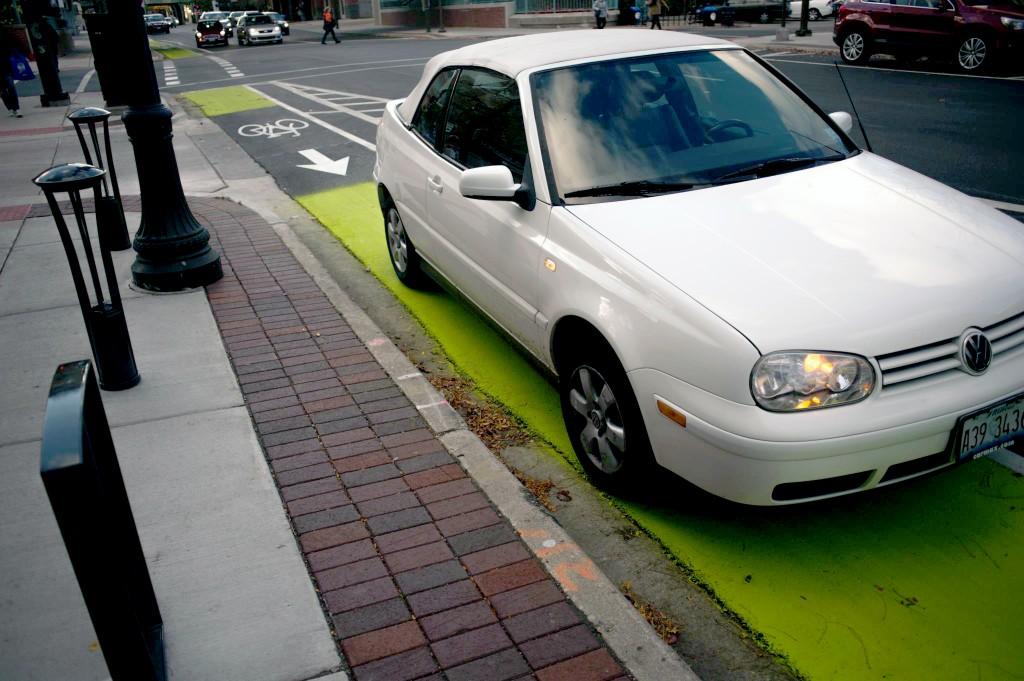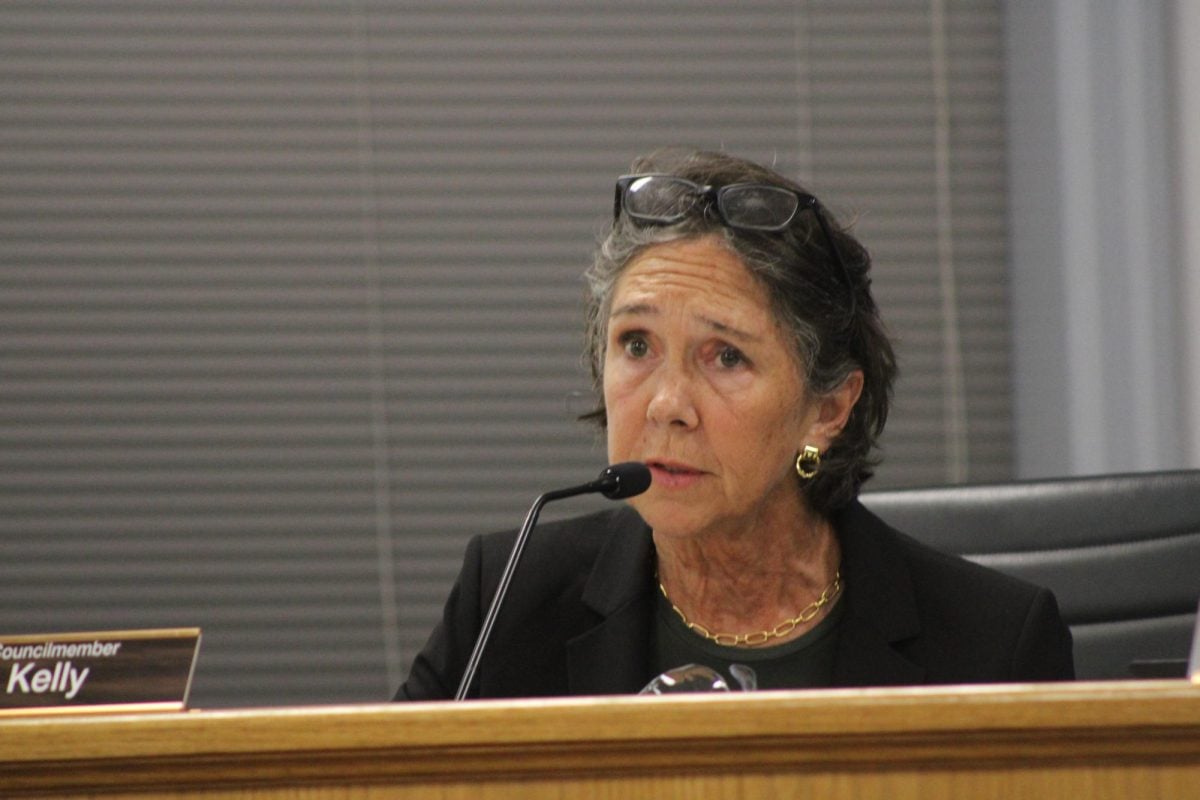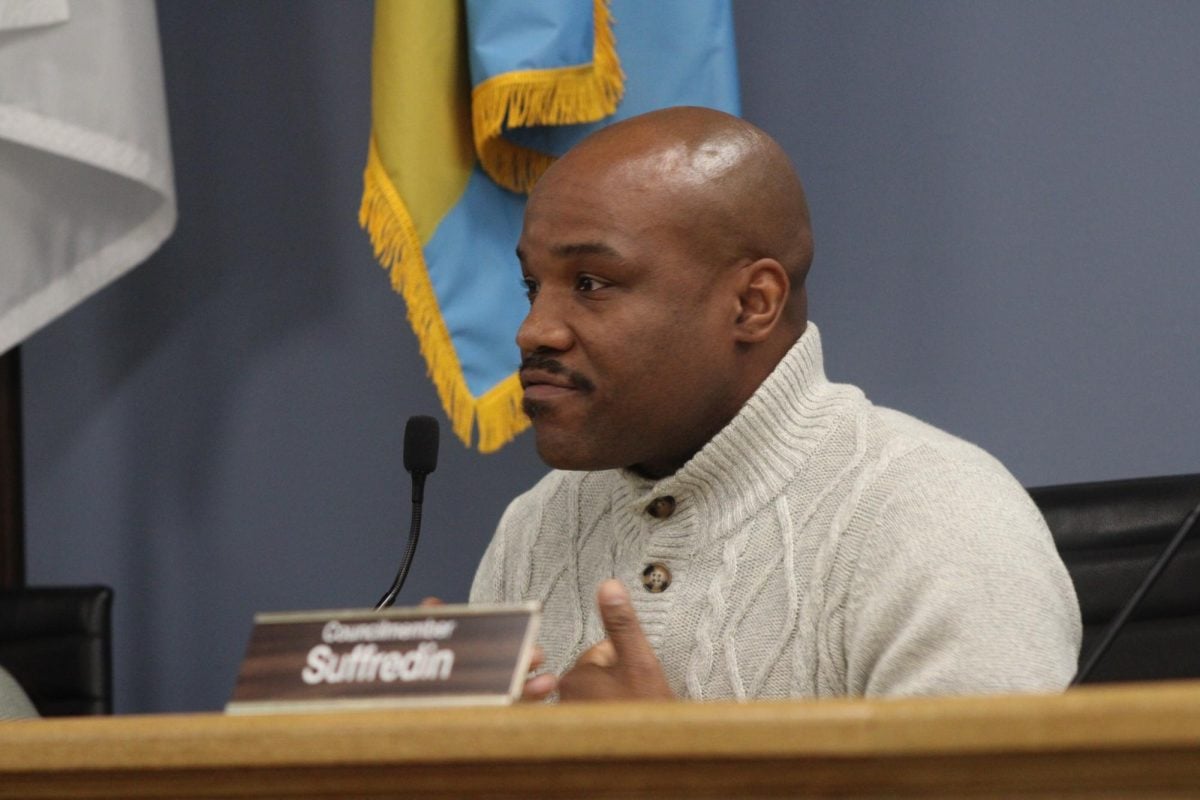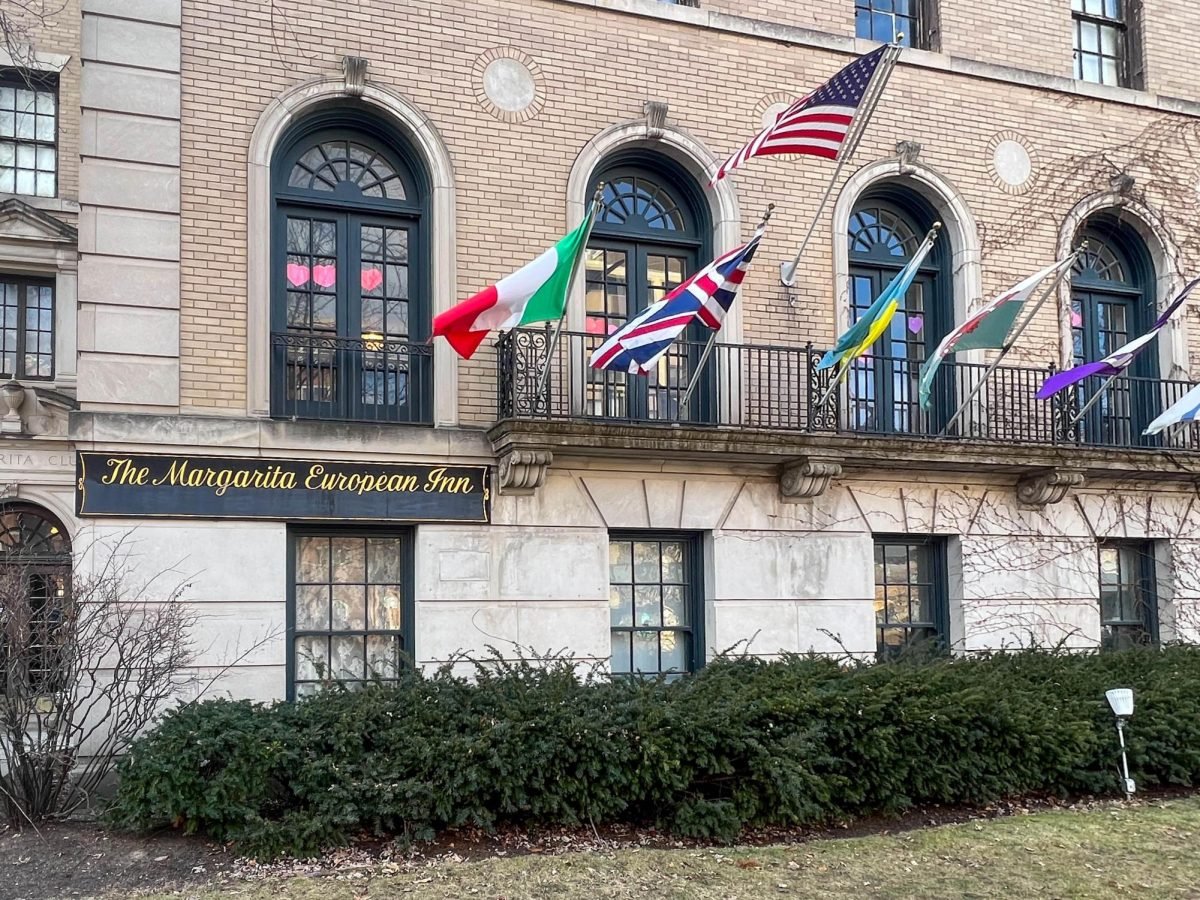The completion of a protected bike lane on Church Street has been the most notable of several changes to make Evanston a more bicycle-friendly city, yet many riders feel there is more to be desired when it comes to biking safety in the city.
According to the Evanston Police Department’s annual report, 80 out of 2,458 car crashes involved pedal cyclists in 2011. However, many bikers consider getting “doored,” or colliding with the open door of a parked car, the greatest biking-related danger.
Susan Munro, an Evanston biker, received a hairline fracture to her collarbone after she collided with the door of a car two and a half years ago. Munro is an organizer for Walk ‘n’ Roll, an Evanston150 project working to make the city a safer community for cyclists and pedestrians. Munro said bikers often feel unsafe when they are pressed between moving traffic on one side and the threat of getting “doored” on the other.
Another danger that cycling poses comes from bikers riding on sidewalks, making pedestrians feel unsafe, Munro said. She praised the city’s efforts to make Evanston safer for cyclists, but added that greater education and awareness about bike safety was needed in the community.
Another organizer at Walk ‘n’ Roll, Natalie Watson, said the city should increase protected bike lanes and reduce speed limits on roads without bike lanes. Munro said there are plans for a second protected bike lane on Davis Street.
Barb Cornew of the Active Transportation Alliance said she is confident in the safety of bikers in Evanston.
“Evanston is a leader in bike safety,” she said. “The city has the first protected bike lane in the suburbs of Chicago.”
Rob Whittier, director of Northwestern’s office of sustainability, said although Evanston has made improvements for bikers, the situation on the streets can always get better, especially if the University gets involved.
“Northwestern hasn’t prioritized bike safety to the level that I would like them to,” he said.
He cited Sheridan Road as a dangerous place for bikers and pedestrians and said NU students, faculty and staff have requested bike lanes on the road. However, a bike lane on Sheridan would be infeasible because research concludes doing so would make car traffic unmanageable, and all proposals to that end have been tabled. Other options include bike lanes on the sidewalks or a better bike channel running through the center of campus.
Whittier said the problem with police department tallies of bike accidents is that many smaller accidents go unreported. He encouraged NU students to urge the University to take more bike safety precautions, as they represent the vast majority of bike traffic on campus.
“Ultimately, major actions have got to be driven by students,” he said. “Students have to push this initiative and make bike safety a priority on campus.”













